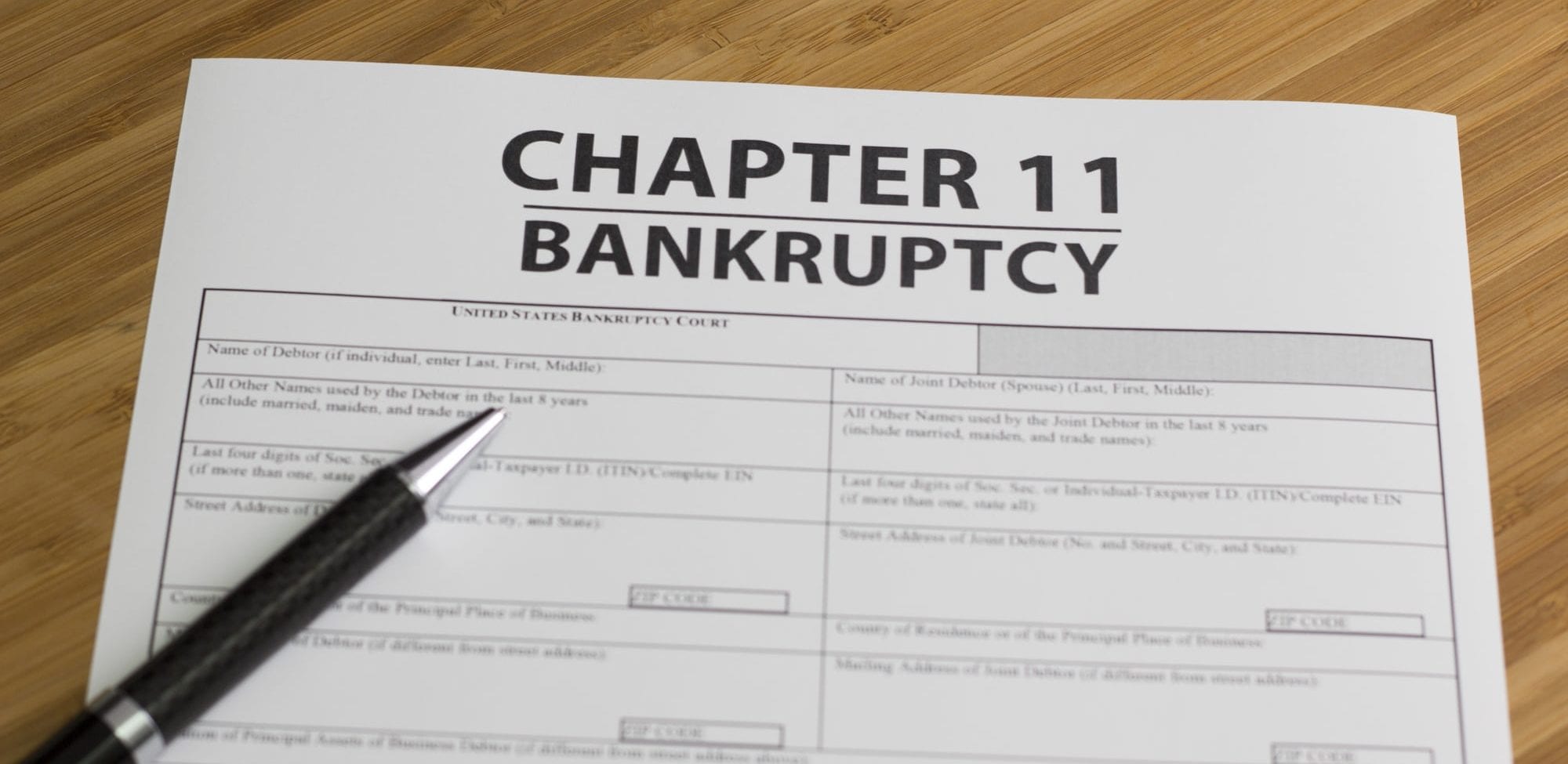Bankruptcy can be a difficult and emotionally taxing process for anyone who goes through it. However, some demographics are more likely to file for bankruptcy than others. Understanding who is most affected by bankruptcy can provide insight into larger economic trends and highlight groups that may need additional support.
Age
Younger adults tend to file for bankruptcy at higher rates than other age groups. People under age 35 make up around a third of bankruptcy filings, despite accounting for only around 20% of the overall population. High student loan debt and low wages contribute to the prevalence of bankruptcy among young adults.
Older adults also face financial challenges. Americans over age 65 have seen bankruptcy filings increase in recent years. Factors like unaffordable healthcare costs, dwindling retirement savings, and taking on debt to support adult children can make bankruptcy a necessity for some seniors.
Income Level
Low-income individuals are more likely to file for bankruptcy than those with higher incomes. Over 80% of bankruptcy filings come from people with incomes below the national median. Job loss, medical expenses, or high relative debt levels can quickly make bills unmanageable for those without financial cushions.
However, high-income earners are not immune to bankruptcy. Around 5% of bankruptcy filings come from people with incomes above the national median. Factors like business failures, stock market losses, and high living expenses can lead to financial ruin even for wealthy households.
Gender
Historically, single men have had the highest bankruptcy filing rates. However, the gender gap has narrowed in recent decades. Following the 2008 recession, the rate of bankruptcy filings spiked more for women than men. Factors like lower wages, time out of the workforce for parenting, and higher healthcare costs have made financial distress more common for women.
Single parents face particular struggles. Around 80% of single-parent households are led by women. Juggling the demands of work and childcare while relying on one income can increase women’s vulnerability.
Conclusion
While no group is unaffected, bankruptcy filings tend to be concentrated among younger adults, lower-income individuals, and women. Job loss, medical costs, caretaking responsibilities, or high debt levels can quickly lead to financial disaster without adequate savings. Understanding populations most at risk for bankruptcy can guide both policy decisions and personal financial planning. With insight and support, those struggling financially can hopefully avoid reaching the point of bankruptcy.







